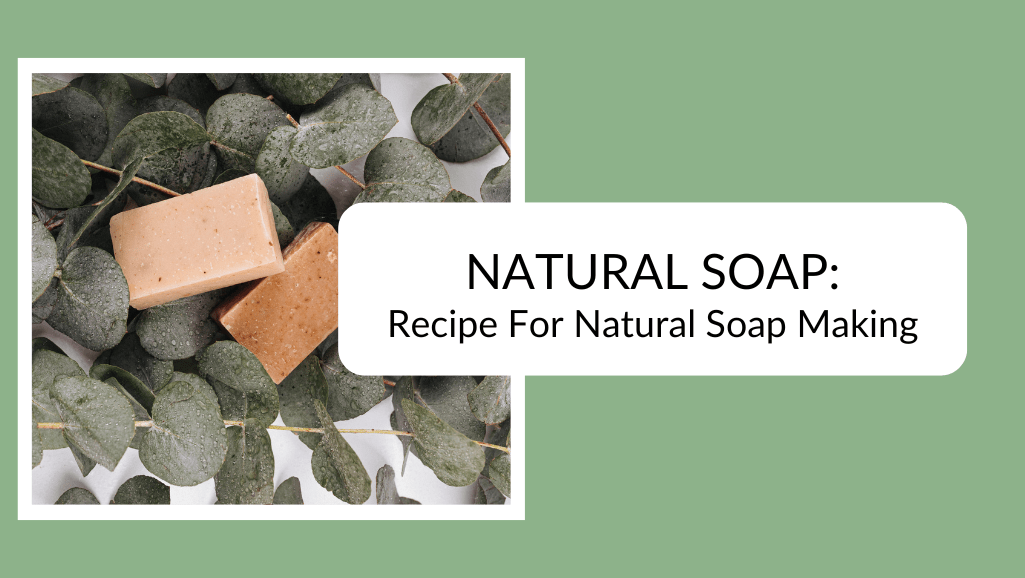Natural body products are amongst the most popular topics today – and for good reason, many people do not want to put harmful chemicals on their body and are mindful of what they use as a soap, face wash, shampoo or moisturiser. We fully support this movement because it promotes consciousness with regard to our body – which is very important. We do not all have access to wild herbs that can be used, such as the ones that Anastasia uses (as described in the first book in the Ringing Cedars of Russia series), so it is important for us to have alternatives that also nourish our skin and do not contain harmful ingredients. Here is a natural soap recipe that you can make at home in the meantime while our favourite Megre soaps are unable to be shipped:
Ingredients:
- 160ml Cedar Oil (or another vegetable oil such as sunflower, almond or grapeseed)
- 160ml Coconut Oil (unrefined)
- 160ml Olive Oil
- 3/4 cup (177.5ml) Distilled Water (not warm, cool or room temperature)
- 1/4 cup sodium hydroxide (also known as lye)
Equipment:
- soap molds (silicone)
- goggles (NB – important when working with Lye)
- rubber gloves (also NB)
- newspaper (to cover your surfaces)
- spatula (also silicone)
- thermometer (stainless steel)
- blender (stick type blender)
- mixing bowl
- 1 litre canning jar
- cling wrap
- cloth or old towel
How to make the soap:
- Firstly, put on your protective gear (goggles, gloves) and cover the area you will be working in with newspaper.
- Pour your distilled water into a 1 litre canning jar and grab a spoon
- Measure out your lye (it must be to the exact measurement, not more or less than a 1/4 cup)
- Very slowly, pour your lye into the jar of water, whilst mixing slowly with a spoon (the fumes may be unpleasant, keep your face away from it while the lye dissolves into the water, creating a clear mixture) Also note that the mixture is likely to warm up due to the chemical reaction that happens when you add the lye to the water. NB – never add water to lye, always add the lye to the water
- Put the mixture aside and leave it to stand whilst you continue with the other instructions.
- Mix the oils together in a stainless steel pot and heat them until they reach 48 celsius. By this time, the lye/water mixture may have cooled down to 48 celsius as well.
- Allow the oil mixture and the lye/water mixture to cool to between 35 celsius and 40.5 celsius. The temperature is a key part of this process – so don’t overlook it.
- When both mixtures have cooled until they are the correct temperature, add the oil mixture to a bowl and then slowly add the lye mixture to the oil whilst stirring continuously for at least 5 minutes.
- Once the mixture is thoroughly mixed by hand for more than five minutes – you can use a stick blender to continue to blend it until it becomes the consistency of pudding.
- Once the mixture has become like the consistency of pudding, you can then add any additional ingredients that you may want to add to your soap (fragrances like essential oils or dried herbs for example).
- Pour your mixture out into your soap molds and then cover them with cling wrap. Wrap it in an old cloth to contain as much warmth as possible, this helps the curing process of the soap.
- Leave the mixture to set for atleast a full day, if the mixture has not firmed up and cooled down completely, you can leave it for another full day.
- Push out the soap bars from your mold and cut them up if you need them to be cut into smaller pieces.
- Leave the soap bars to cure on a drying rack (like a baking rack) for about a month before using them. You can package them or keep them in a container until you’d like to use them.
Although this process is long, it is very rewarding and once you know how to make your own soap, you can always be sure to have something natural as opposed to chemical.
This recipe has been adapted from a recipe provided on the following website: https://diynatural.com/how-to-make-soap/
Disclaimer: This article may contain health or medical-related materials that were created for informational and entertainment purposes only. The content is not intended to be a substitute for professional medical advice, diagnosis, or treatment. Always seek the advice of your physician or another qualified health provider with any questions you may have regarding a medical condition. Never disregard professional medical advice or delay in seeking it because of something you have read on this website. The owners, authors, editors or other staff of Megre LLC are NOT qualified health professionals or researchers and are not responsible for any inaccurate or incorrect information on this website. The use of any information on this website is solely at your own risk.
The information provided by Megre LLC (‘we’, ‘us’, or ‘our’) on our website is for general information purposes only. All information on our website is provided in good faith, however we make no representation or warranty of any kind, express or implied, regarding the accuracy, adequacy, validity, reliability, availability, safety or completeness of any information on our website. Under no circumstances shall we have any liability to you for any loss or damage of any kind incurred as a result of the use of our website or reliance on any information provided on our website. Your use of our website and your reliance on any information on our website is solely at your own risk.
Megre LLC cannot and does not contain DIY advice. The DIY information is provided for general informational and educational purposes only and is not a substitute for professional advice. Accordingly, before taking any actions based on such information, we encourage you to consult with the appropriate professionals. We do not provide any kind of DIY advice. The use of reliance if any information contained on our website is solely at your own risk.


